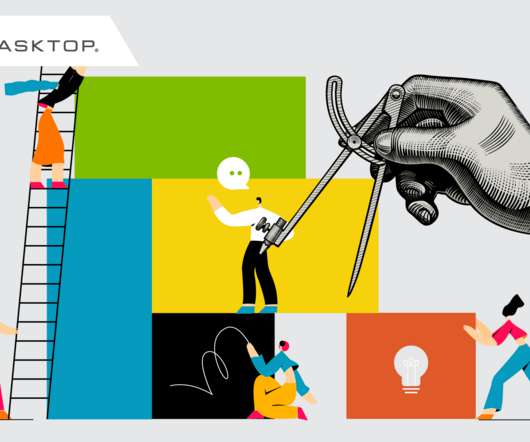5 Reasons You Shouldn’t Attempt To Build Your Own Flow Metrics Tool
Tasktop
MARCH 16, 2021
Which got me thinking, what if we could send our own DIY kit for our Flow Metrics tool— Tasktop Viz —to our Fortune 500 customers across major industries such as automotive, manufacturing, healthcare and finance? . Data Architect: Designs the data acquisition, storage and optimization to support. Step 2: Find Your Ingredients.












Let's personalize your content